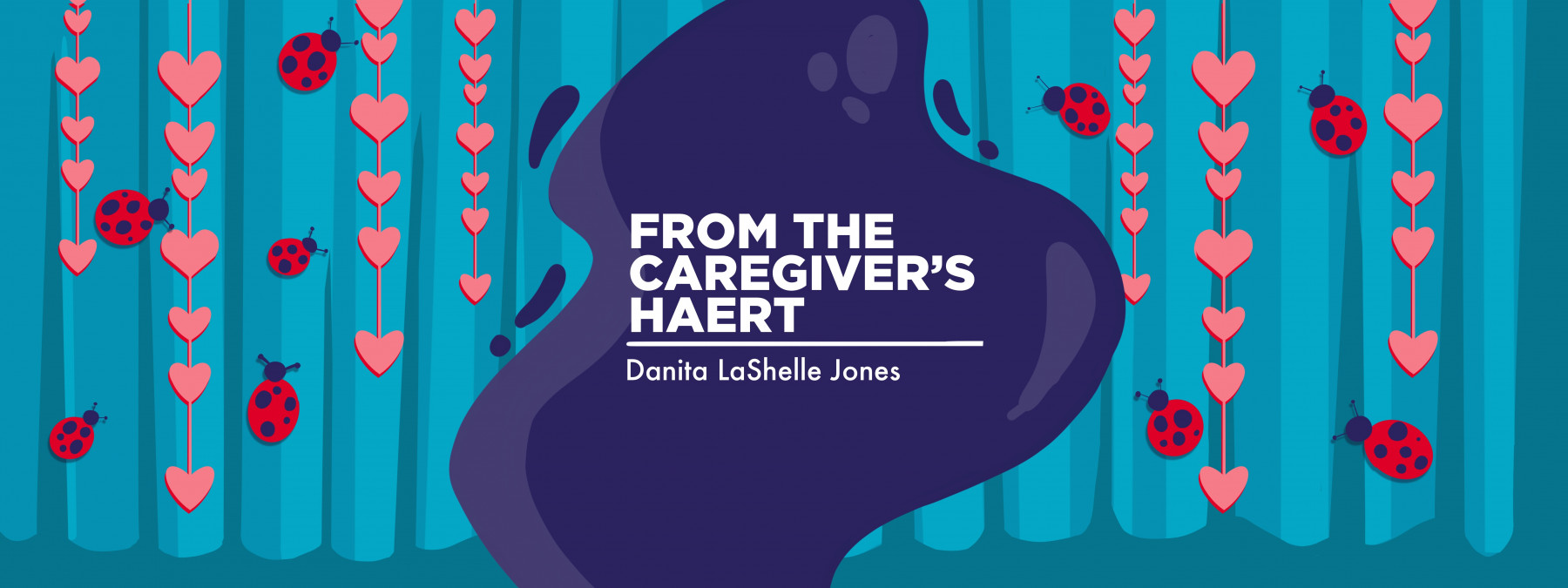I’m grateful to learn, even when I think I should know it all
I no longer assume I understand every hereditary angioedema treatment
Written by |

I yanked my glasses off dramatically and rubbed my eyes. Even though I couldn’t tell if I was frustrated or mentally exhausted, I realized I had an odd problem that needed addressing.
After spending the better part of my evening reading through emails from students, I was shocked that several of them put the entire body of the email in the subject line. And not just one or two sentences, but paragraphs explaining absences, questions about a missing assignment, or office hour appointments.
Although several of these emails made it to my inbox, I checked my spam folder on a hunch and was disheartened to find more. After shutting my laptop, I knew what I had to do.
The following day, I spent 15 minutes of each class explaining how to create and send a proper email. What seemed like rudimentary information to most adults resulted in nodding heads and taking notes by most of my college students. Their reception of this lesson brought me to an interesting theory.
Even though Generation Z was born into a world with smartphones, tablets, and colorful search engines, I realized that Gen X never took the time to teach them what to do with that technology. We assumed that with the information at their fingertips, they already knew or would figure it out. If I’d started the semester assuming they didn’t know, I could’ve saved much time and frustration.
What I didn’t know about a treatment
When our daughter, whom we lovingly call Ladybug, was diagnosed with hereditary angioedema (HAE), we underwent extensive training on administering her Berinert, an emergency intravenous infusion, at home. The two-day, three-hour sessions were informative, and the nurse vowed to stay until we got it right. We were treated the exact same way when a different nurse trained us to administer Haegarda, a subcutaneous preventive shot.
For months after both trainings, even when I didn’t do it perfectly every time, I could expertly medicate Ladybug with her appropriate medications. I knew how to constitute both, store them properly, and even received praise from my sister (a board-certified physician) when she witnessed an infusion.
However, when we discovered that Haegarda wasn’t as effective, Ladybug’s doctor prescribed Takhzyro (lanadelumab), another preventive subcutaneous medication. Although I thought myself a pro, I agreed to another training.
About 30 minutes before the appointment, I looked over the directions just to see what I already knew. Or so I thought. When I opened the laminated card in the box, I was stunned to realize I had no idea what I was looking at.
Everything looked different. Instead of one needle, there were two color-coded ones, and I wasn’t familiar with the instructions on what was necessary 15 minutes before the shot. By the time the nurse arrived, I was masking my anxiety about my ability.
Then, the nurse said something amazing.
“I know you’re familiar with administering Haegarda and Berinert,” she said nicely, “but if you don’t mind, I’m going to treat you like you’ve never done this before.”
I was confident about what I needed to do a short time later.
Some months later, when Takhzyro switched to an all-in-one syringe, I didn’t hesitate for a refresher course.
When dealing with us caregivers, healthcare professionals might assume we know how to give medications, read up on the latest developments, or spot supposedly familiar complications. But truthfully, I like it when someone takes the time to ensure we understand exactly what to do.
One of my favorite quotes by basketball coach John Wooden (and others) says it best: “It’s what you learn after you know it all that counts.”
Note: Angioedema News is strictly a news and information website about the disease. It does not provide medical advice, diagnosis, or treatment. This content is not intended to be a substitute for professional medical advice, diagnosis, or treatment. Always seek the advice of your physician or other qualified health provider with any questions you may have regarding a medical condition. Never disregard professional medical advice or delay in seeking it because of something you have read on this website. The opinions expressed in this column are not those of Angioedema News or its parent company, Bionews, and are intended to spark discussion about issues pertaining to angioedema.







Leave a comment
Fill in the required fields to post. Your email address will not be published.